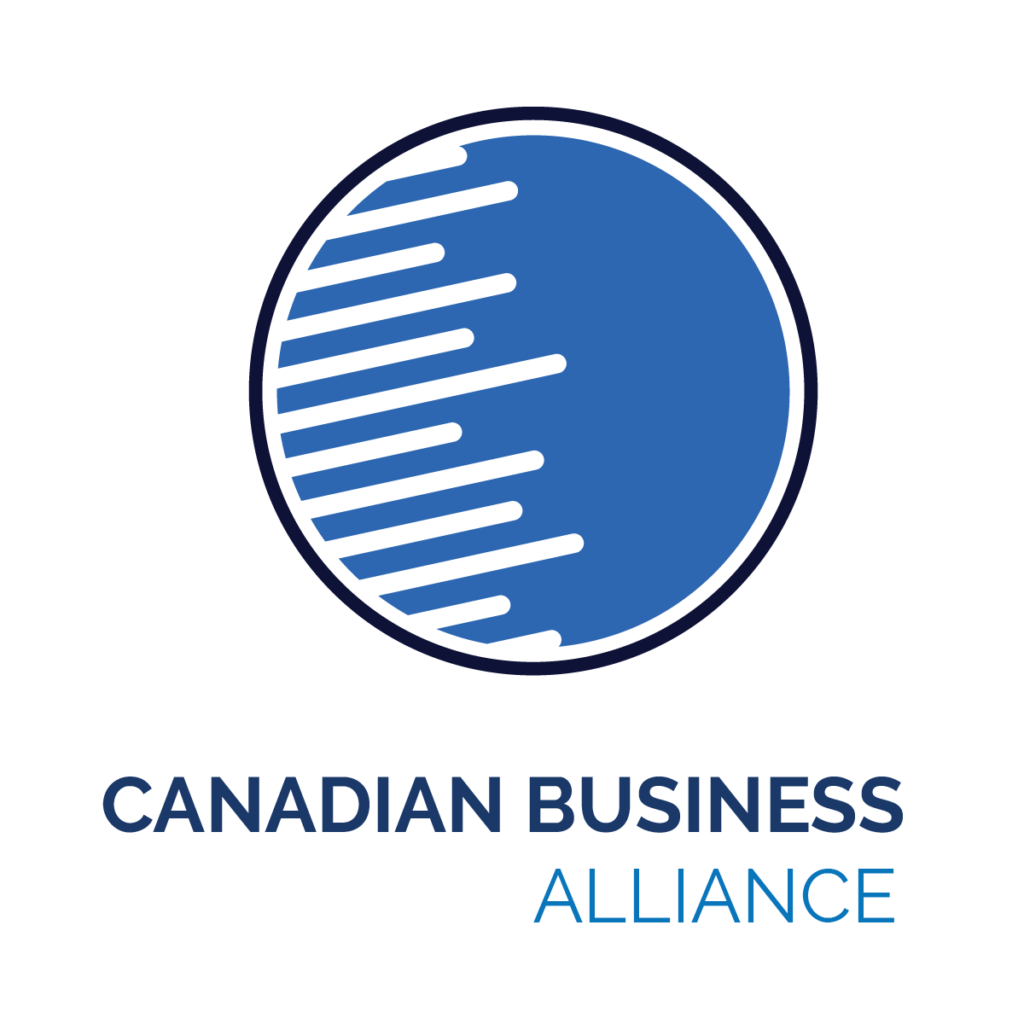In today’s competitive job market, securing the best talent is more critical than ever. For startups and small businesses, developing a robust talent pipeline isn’t just a luxury—it’s a necessity. This blog post will walk you through the best practices for building an effective talent pipeline, ensuring your organization is always ready to meet its future hiring needs.
Why a Talent Pipeline is Essential
Understanding the Concept
A talent pipeline is more than just a buzzword; it’s a strategic approach to workforce planning. At its core, a talent pipeline is a pool of candidates ready to fill future roles within your organization. This proactive strategy ensures you have a steady supply of qualified candidates, reducing hiring time and enhancing workforce planning.
The Importance of a Talent Pipeline
Why should HR managers, recruiters, and business leaders care about building a talent pipeline? It’s simple. A well-maintained talent pipeline leads to a more efficient hiring process, reduces time-to-fill for critical roles, and ensures that your company is never caught off guard by sudden vacancies. In the long run, this translates to better business outcomes and a more resilient organization.
Benefits for Your Business
A strong talent pipeline offers numerous benefits:
- Reduces Hiring Time: Quickly fill positions with pre-vetted candidates.
- Enhances Workforce Planning: Plan for future growth and development.
- Improves Quality of Hire: Continuously engage with top talent, ensuring they stay interested in your company.
Identifying Future Hiring Needs
Planning Ahead
To build an effective talent pipeline, you need to anticipate your future hiring needs. This involves conducting a thorough workforce analysis to identify potential gaps and collaborating with department heads to forecast upcoming vacancies.
Conducting Workforce Analysis
Start by evaluating your current workforce. Identify which roles are critical to your operations and which positions are likely to become vacant due to retirements, promotions, or turnover.
Collaborate with Department Heads
Engage with department heads and managers to understand their future needs. Regular check-ins can help you stay ahead of the curve, ensuring you’re prepared for any staffing changes.
Crafting Detailed Job Descriptions
Importance of Clear Job Descriptions
Clear and detailed job descriptions are the foundation of a successful recruitment process. They attract the right candidates and set clear expectations for the role.
Key Components of a Job Description
A good job description should include:
- Key Responsibilities: Outline the main duties of the role.
- Required Skills and Qualifications: Specify the necessary skills and qualifications.
- Opportunities for Growth: Highlight potential career paths and development opportunities within the role.
Attracting the Right Candidates
A well-crafted job description not only attracts qualified candidates but also helps them understand how they can grow within your company. This can significantly improve employee retention and satisfaction.
Building a Strong Employer Brand
The Power of Employer Branding
A strong employer brand makes your company a desirable place to work, attracting top talent and retaining existing employees.
Promoting Company Culture and Values
Showcase your company culture and values through your website, social media, and job postings. Share employee testimonials and success stories to give potential candidates a glimpse into what it’s like to work at your company.
Maintaining a Strong Online Presence
Be active on social media and employer review sites. Engage with your audience by sharing behind-the-scenes content, company achievements, and employee spotlights.
Utilizing Multiple Sourcing Channels
The Importance of Diverse Sourcing
To build a diverse talent pipeline, you need to utilize multiple sourcing channels. This ensures you reach a wider pool of potential candidates.
Effective Sourcing Channels
Consider using the following channels:
- Job Boards and Career Websites: Post job openings on popular job boards and career websites.
- Social Media Platforms: Use LinkedIn, Twitter, and other social media platforms to reach potential candidates.
- Employee Referrals and Networking Events: Encourage employees to refer candidates and attend networking events to connect with top talent.
Reaching a Wider Audience
By diversifying your sourcing channels, you increase your chances of finding the best candidates for your roles. This can lead to a more diverse and talented workforce.
Developing Relationships with Potential Candidates
Keeping Candidates Engaged
Building relationships with potential candidates is crucial for keeping them interested in your company. Regular communication and engagement can make a significant difference.
Staying in Touch
Keep in touch with promising candidates through regular updates. Send them newsletters, company news, and event invitations to keep them engaged.
Inviting Candidates to Events
Invite candidates to company events or webinars. This gives them a chance to learn more about your company and meet your team.
Implementing a Candidate Relationship Management (CRM) System
Benefits of a CRM System
A CRM system helps manage and track interactions with candidates, making it easier to build and maintain relationships.
Choosing the Right CRM
When choosing a CRM system, look for features like candidate tracking, communication tools, and analytics. Ensure it integrates with your existing HR systems.
Managing Interactions
A good CRM system allows you to manage interactions with candidates effectively. This can help you build stronger relationships and improve your talent pipeline.
Offering Internships and Apprenticeships
Building a Pipeline of Young Talent
Internships and apprenticeships provide a pipeline of young talent who are familiar with your company and its culture.
Partnering with Schools and Universities
Partner with local schools and universities to offer internships and apprenticeships. This can help you attract young talent and give them valuable work experience.
Providing Meaningful Projects
Offer interns and apprentices meaningful projects and mentorship opportunities. This can help them develop their skills and prepare them for full-time roles within your company.
Focusing on Diversity and Inclusion
Importance of Diversity
A diverse workforce brings different perspectives and fosters innovation. Focusing on diversity and inclusion can help you build a stronger, more dynamic team.
Promoting Inclusive Hiring Practices
Promote inclusive hiring practices by reaching out to diverse talent pools and creating an inclusive workplace culture.
Building an Inclusive Workplace
Create an inclusive workplace culture by promoting diversity and inclusion initiatives. This can help you attract and retain top talent from diverse backgrounds.
Measuring and Optimizing Your Talent Pipeline
Importance of Metrics
Measuring and optimizing your talent pipeline ensures its effectiveness and efficiency. Track key metrics to identify areas for improvement.
Key Metrics to Track
Track metrics like time-to-hire, cost-per-hire, quality of hire, retention rates, candidate engagement, and satisfaction.
Continuous Improvement
Regularly review your talent pipeline and make adjustments as needed. This can help you stay competitive and ensure your talent pipeline remains effective.
Building a robust talent pipeline is essential for startups and small businesses. By following these best practices, you can ensure your company is always ready to meet its future hiring needs. Start implementing these strategies today and watch your talent pipeline grow.


